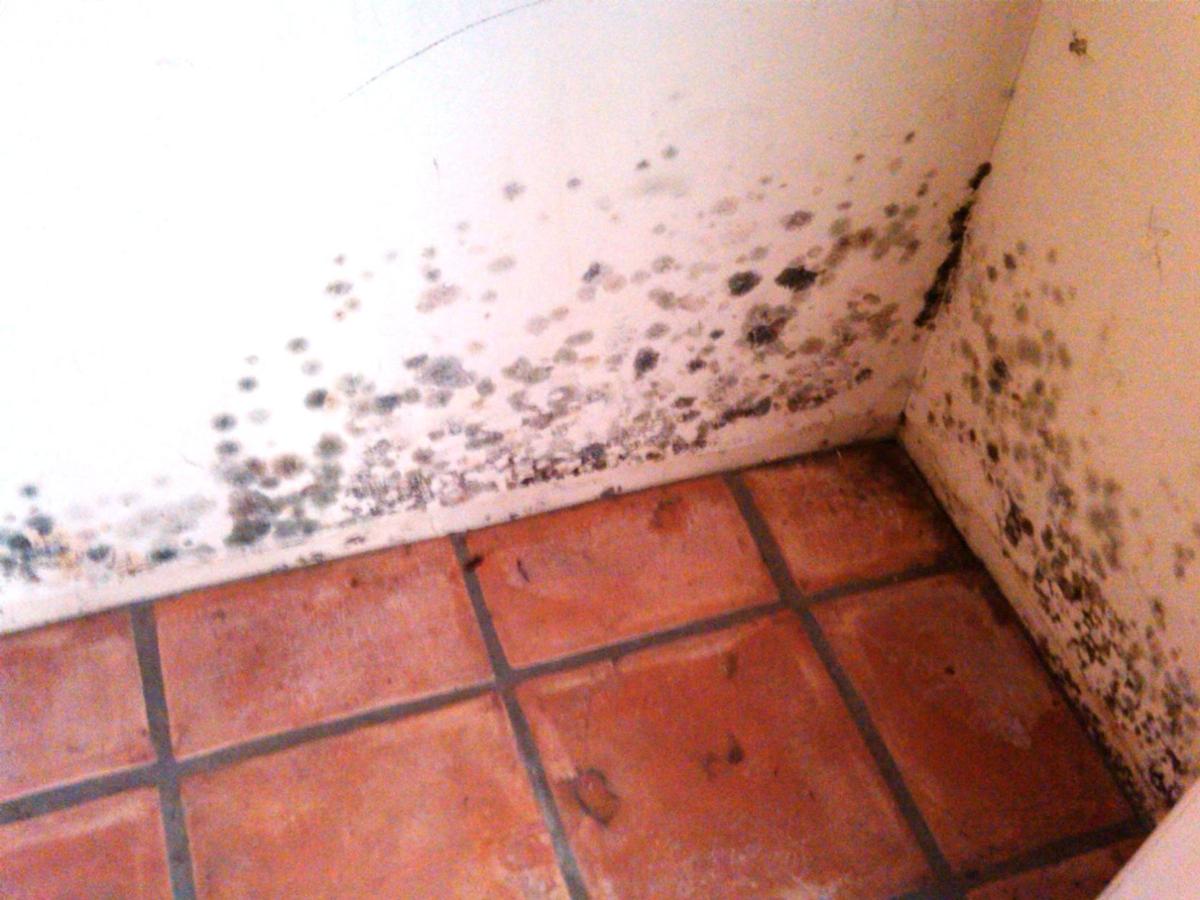Q: I have a lot of mold on some of my baseboards and I think it’s because I have a lot of rain water seeping into the house due to a crack in a felt expansion joint on the edge of the house. Water tends to puddle up in the area just outside the house at that point. I plan to fill the crack, but how should I get rid of the mold?
A: There are several steps you need to take for this project before you think about cleaning up the mold. You need to stop the puddling outside near the foundation of your house by putting in gutters on your roof on that side of the house. That way, you can divert the water to a new location. Installing gutters is always a great benefit for a house in Arizona.
Then you can also make a small saw-cut in the concrete sidewalk next to the house to provide more nearby drainage for water in storms.
Next, dig out and remove all the old black expansion felt on your foundations. Then brush waterproof coating material on the foundation below the stucco in the area of the leak. Paint over the coating so the area will match the color of your house. Finally, you insert caulk in the area of the old expansion joint.
Only then can you start removing the old moldy baseboards and dry wall and clean up the inside of the house. That’s because you have to take all those other steps first to stop the leak or you’ll never get rid of the mold. As long as that mold is being fed with water, it will keep on coming back again.
Q: I live in an apartment, but love to do container gardening. Because of the small space I work with, it doesn’t seem possible to do composting. But could I put coffee grounds directly into the pots where my plants are growing without composting the coffee first?
A: Although coffee grounds are acidic, they probably can be directly added to the soil – particularly for acid-loving plants. However, even with your limited space, it is possible to compost the grounds a little bit by buying a few small pots to use for processing the grounds along with other plant materials.
Q: After recently cutting down a palo verde tree, I now have a 16-inch-tall stump that’s about 20 inches in diameter. I want to kill the tree so it doesn’t grow any more, but I don’t want to use harsh chemicals on it. What can you suggest?
A: After you drill holes in the stump, you can put rock salt down inside the holes. You don’t want to spill the salt on the soil. Rock salt is probably the least toxic possibility, but keep that salt isolated to this one particular spot in the yard.
Q: I live in San Manuel and have a couple of little lemon trees. One of them that’s about 4 feet tall has a single, very strange rogue branch that’s taller than all the others on the tree. Can I just prune it a little, or do I have to cut it off at the trunk itself?
A: Although it looks like a branch, it’s probably a sucker from the root stock. Most lemons sold in Arizona are grafted onto the root of a sour orange tree and your strange branch probably comes off the roots. You need to remove it at the trunk because it will take energy away from the fruit-bearing part of the tree. If you let it keep growing, it could eventually bear very sour and bitter-tasting fruit.





